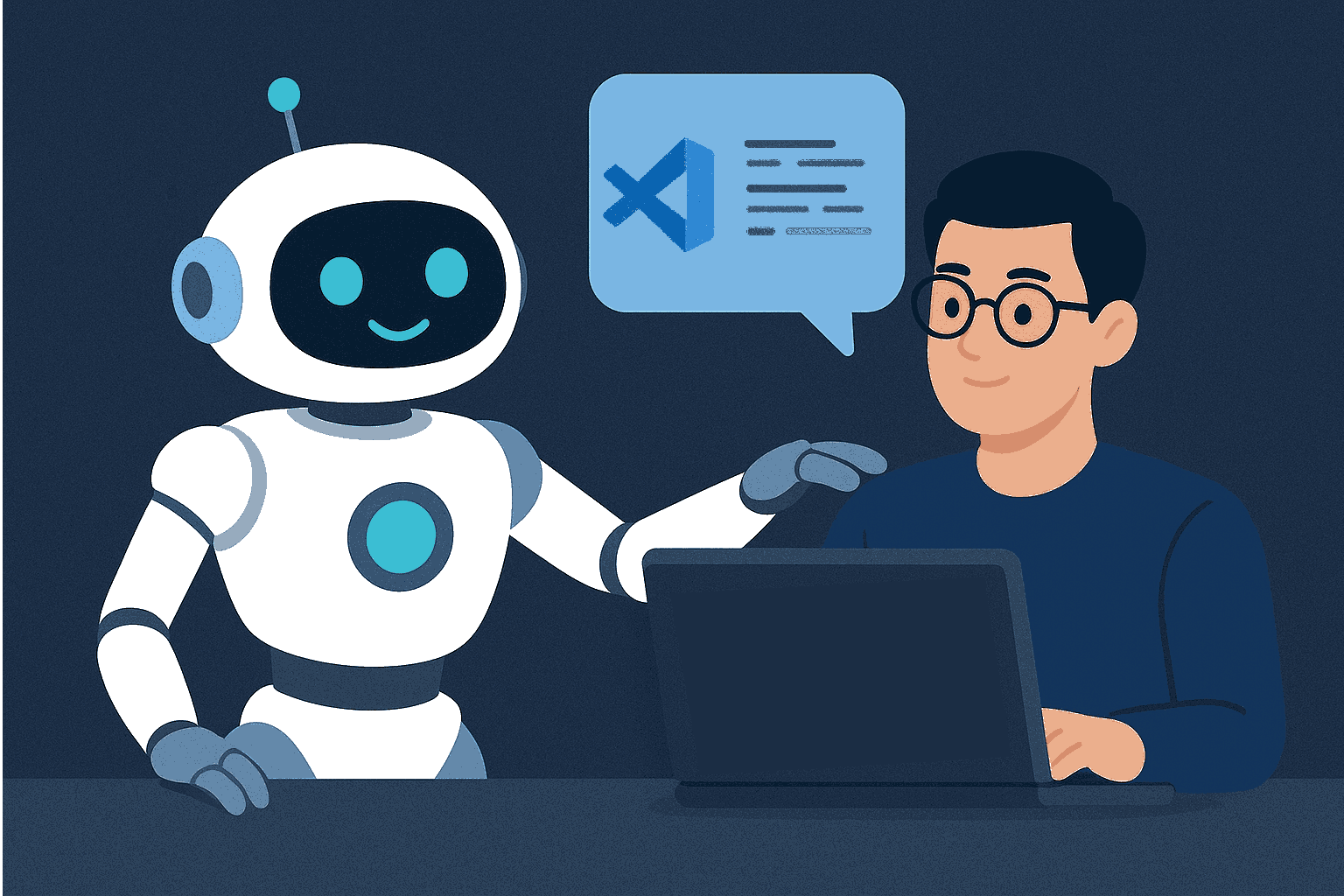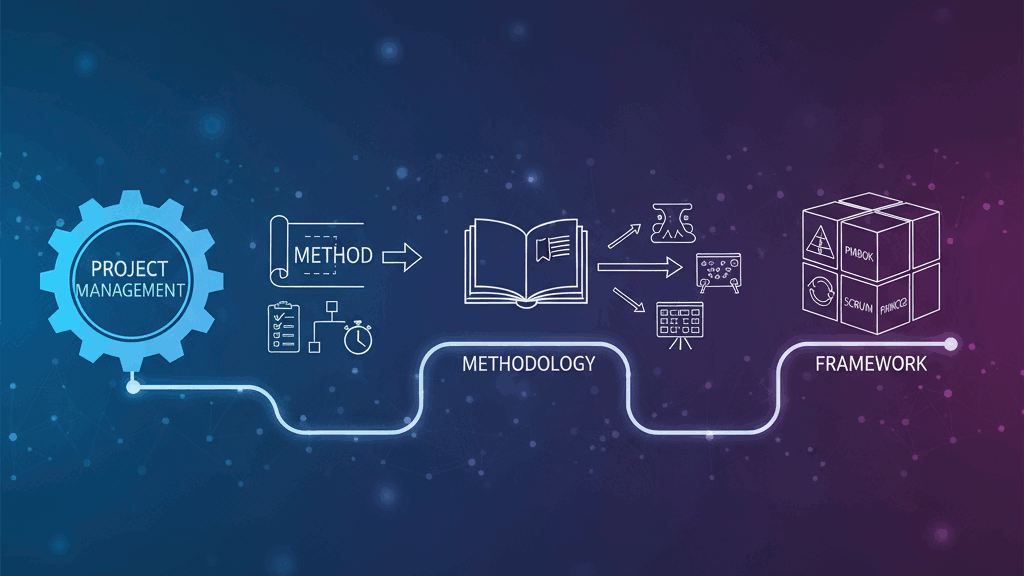TL;DR:
- Mindset Shift: Use Claude Code subagents as specialized researchers and planners, not implementers
- Context Management: Leverage file-based coordination (
.claude/docs/tasks/context.md) between parent agent and subagents - Key Benefits: Reduces token consumption from thousands to hundreds, dramatically improves success rates, and enables reliable debugging
- Implementation: Create service-specific expert subagents (Chakra UI, Vercel AI SDK, Stripe) with embedded documentation and MCP tools
Mastering Subagents in Claude Code: From Frustration to Excellence
Reference video: "I was using sub-agents wrong... Here is my way after 20+ hrs test"
Claude Code is Anthropic’s powerful AI coding assistant that lives in your terminal, helping you build features, debug issues, and automate tasks. One of its most powerful features is subagents – specialized AI assistants that can handle specific types of tasks with focused expertise.
However, many users initially find subagents slow, token-consuming, and not delivering better results. This article, based on extensive real-world testing (20+ hours) and insights from the above video, reveals the breakthrough approach that transforms Claude Code into a consistently excellent development partner.
The Subagent Revolution: A Fundamental Mindset Shift
When Claude Code first introduced subagents, it was an exciting concept. However, many users, including myself, had frustrating experiences where subagents felt slow, consumed excessive tokens, and failed to improve results.
The key insight that changed everything? Subagents work best as researchers and planners, not implementers. This fundamental shift in thinking unlocks their true potential and transforms your Claude Code workflow from frustrating to exceptional.
Understanding Subagents: What They Are and Why They Exist
Before diving into best practices, let’s understand what subagents are and why Claude Code introduced them.
What Are Subagents?
Subagents are pre-configured AI personalities within Claude Code that specialize in particular domains or tasks. Each subagent:
- Has its own context window separate from the main conversation
- Can be configured with specific tools and permissions
- Includes a custom system prompt guiding its behavior
- Operates independently when delegated tasks
The Core Problem Subagents Solve
Claude Code introduced subagents to solve critical context management issues. Before subagents, the main Claude Code agent had to handle everything itself, including:
- Reading large files (consuming massive tokens)
- Maintaining context across complex tasks
- Dealing with conversation compaction that dramatically reduces performance
The solution was the “task” tool that allows Claude Code to delegate work to subagents with the same toolset. This saves tokens because the parent agent only sees task summaries, not the detailed implementation steps.
The Common Mistake: Implementation-Focused Subagents
The initial approach many users tried was creating specialized subagents for direct implementation:
- Frontend dev agent for UI work
- Backend dev agent for server logic
- Database agent for schema design
This seemed logical but created major problems:
- Limited Context: Each subagent only knows its own session
- Debugging Difficulties: When bugs arise, subagents lack full project context
- Token Inefficiency: Multiple agents working in isolation
- Coordination Issues: Parent agent can’t see detailed implementation steps
The Breakthrough: Researchers and Planners Model
The optimal approach treats subagents as specialized researchers who create detailed implementation plans, while the parent agent handles all actual implementation. This leverages the strengths of both:
- Subagents: Deep expertise in specific domains, access to latest documentation
- Parent Agent: Full project context, ability to coordinate and implement
File System as Ultimate Context Manager
Inspired by the Manus team’s context engineering techniques, use the file system for context management:
- Context Files: Store project state in
.claude/docs/tasks/context.md - Research Reports: Subagents save detailed plans to
.claude/docs/folder - Context Sharing: All agents read/write to these files for coordination
This transforms token-heavy operations into lightweight file operations.
Visualizing the Problem vs. Solution
To understand the difference between ineffective and effective subagent usage, let’s examine the workflows visually.
The Old Way: Inefficient Subagent Usage
❌ Problems with this approach:
- No clear specialization between subagents
- Context switching reduces main agent effectiveness
- Subagents overlap and create redundant work
- Debugging becomes nearly impossible due to isolated contexts
The New Way: Specialized Research & Planning
✅ Benefits of the researcher model:
- Main agent only plans and coordinates
- Each subagent is specialized for one clear task
- Results are fed back and combined cleanly
- Full context maintained for debugging and iteration
The File System: Ultimate Context Management
A powerful technique for managing context across agents is using the file system as shared memory. Instead of storing large research findings in conversation history (consuming tokens), subagents write plans and reports to local markdown files.
Practical File-Based Workflow:
- Task Initialization: Parent agent creates
.claude/docs/tasks/context.mdwith project overview - Subagent Task: Parent assigns research task with context file path
- Context Ingestion: Subagent reads context file to understand project scope
- Research & Reporting: Subagent performs research and writes findings to report file
- Status Update: Subagent updates main context file with completion status
- Implementation: Parent agent reads plan and implements the solution
💡 Key Insight: Subagents act like gig workers - they do their specialized job, hand results back, then disappear, leaving the parent agent with full context for implementation.
Why This Approach Matters: Community Insights
The concept of subagents addresses fundamental challenges in AI-assisted development. Users in communities like r/ClaudeAI have shared valuable insights:
“If a subagent does a complex task instead of the main instance, it has the space to become an expert in that task… The main instance WILL WRITE A COMPREHENSIVE STEP-BY-STEP PLAN for the subagent to follow to accomplish what you asked.” ([Reddit][1])
Another developer noted:
“Context window. The more general (and long) a chat, the worse Claude performs on new types of tasks… Subagents as specialist gig workers who get big jobs done for you and then f*ck off.” ([Reddit][1])
These insights highlight why the researcher model unlocks substantial performance improvements.
Complex Project Workflow: Building a Web Application
For complex projects requiring multiple specialized skills, the workflow becomes more sophisticated:
Understanding the workflow:
- User (①) sends request
- Main Agent (②) analyzes & plans
- Sub-agents (③–⑥) each get specialized jobs
- Sub-agents deliver results (⑦–⑩) back
- Main Agent integrates (⑪) everything
- Final complete web app (⑫) delivered to user
This hybrid approach combines the structure (who does what) with timeline (when things happen), providing a complete mental model for complex projects.


